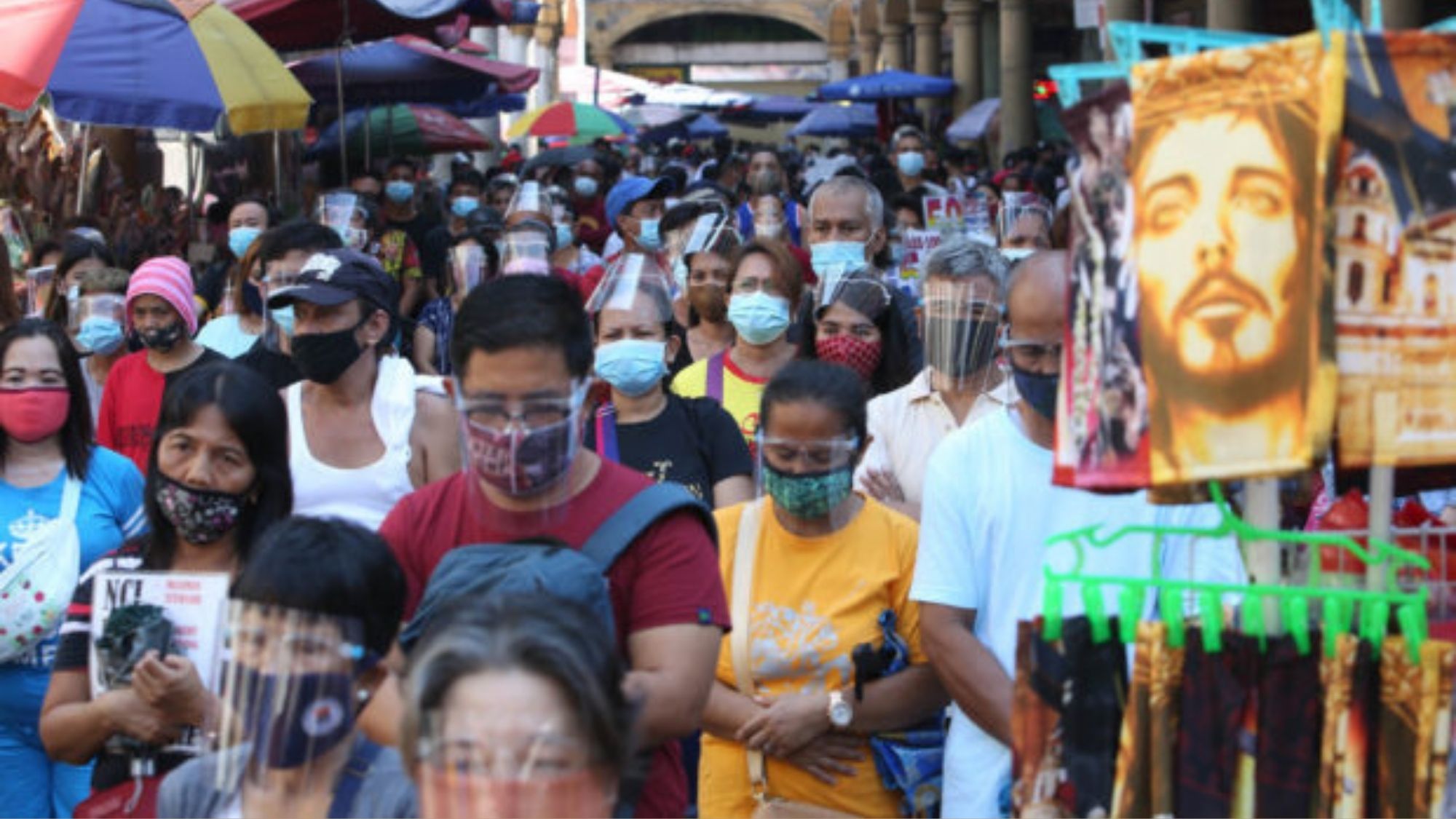The Population Commission is urgin the government to implement far-reaching holistic approaches to further strengthen population and development programs on the ground to ensure that all Filipinos are healthy, educated, resilient and able to contribute to national development.
THE Commission on Population and Development (PopCom) urged government agencies to work for more resources and opportunities for development to ensure the well-being of all Filipinos.
PopCom made the statement following the official pronouncement of the government of the Philippines’ population last week.
The 2020 population was placed at 109,035,906, including the addition of 8,053,906 from 2015. (See also: Not even pandemic could stop it; PH population grows to 109 million )
In a press statement, PopCom chief Juan Antonio Perez III pointed out that in some parts of the country, slower population growth occurs as a result of lower fertility rate while some women opt for smaller families.
The Bangsamoro Autonomous Region in Muslim Mindanao and Calabarzon continued to show significant increase in population, growing to 4,404,208 from 2015 to 2020, and had the fastest annual population growth rate (PGR) at 3.16 percent.
The figures translated to about 31 persons added per year for every 1,000 persons.
In terms of absolute numbers, Calabarzon gained the most, with an additional 1,780,268 persons from 2015.
“It (increasing population) also calls for actions from governments at all levels to intensify their initiatives to ensure that all Filipinos are healthy, educated, resilient and able to contribute to national development,” Perez said in a virtual conference on Monday.
Perez also urged the government to implement far-reaching holistic approaches to further strengthen population and development programs on the ground.
Eastern Visayas posted the lowest PGR among the 17 regions at 0.50 percent, with numerous municipalities, particularly in Northern Samar, Western Samar, and South Leyte, tallying negative PGRs.
The Cordillera Administrative Region was second with a 0.91 percent PGR.
Interestingly, the National Capital Region posted the third-lowest PGR at 0.97 percent from 2015 to 2020.
Among its cities, Valenzuela had the highest PGR of 3.03 percent while Navotas had 0.16 percent.
Perez noted that since the census was conducted during the pandemic, the return of overseas Filipino workers may have also contributed to the movement in the population count.
"As the government’s lead agency in implementing the upcoming Philippine Population and Development Program, PopCom continues to seek invaluable support to help us advance our population strategies in the attainment of more resilient communities, and an improved quality of life for every Filipino family,” Perez said.
(ONT/With report from PNA)
Tags: #populationgrowth, #sustainability, #development, #PopCom
